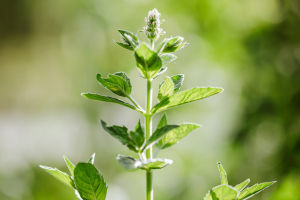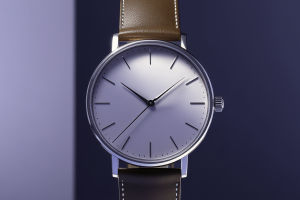Hey there, Lykkers! Are you thinking about painting your home's exterior a dark color to stand out from the crowd this season? Dark hues like black and navy are all the rave, but do they really make your interior warmer?
Let's dive into the discussion with some home improvement experts and explore whether dark-colored walls and exteriors can have an impact on room temperatures.
Considerations Before Embracing Dark Exterior Colors
Before you take the plunge into the world of dark exteriors, there are a few things to keep in mind.
Aino Heinäsuo, head of design at Redecor, notes that dark hues are loved for their modern touch, but remember, not everyone may share this aesthetic preference.
Ornella Bianco, a home improvement specialist, warns that a dark color scheme could potentially deter future buyers if you decide to sell your home.
While dark colors can hide imperfections better, they also require more maintenance due to faster fading from UV exposure. Additionally, dark hues can impact heating and cooling costs, absorbing sunlight and converting it into heat. This can be beneficial for retaining heat in colder climates but might lead to higher cooling expenses in warmer regions.
Do Dark Colors Really Make Your Interior Hotter?
In short, yes. Dark exterior colors absorb more sunlight, leading to increased indoor temperatures.
However, the extent of this temperature rise depends on factors like insulation and exterior material. Metal exteriors are heat conductors, while wooden exteriors absorb heat differently. Therefore, choosing the right material and shade is crucial to avoid excessive heat absorption.
The aesthetic impact of a dark exterior on interior perception varies from person to person. Some may find it cozy, while others may feel the space is smaller. Ultimately, the effect of dark colors on interior ambiance is subjective and influenced by design elements.
Tips to Keep Your Home Cool with Dark Exteriors
If you're set on a dark exterior color, there are strategies to mitigate heat buildup inside your home. Opt for energy-efficient siding materials and prioritize insulation to reduce heat transfer. Investing in high-performance windows, reflective roofing, and efficient ventilation systems can counteract heat retention.
Creating a shade barrier with landscaping or external shading devices like awnings and pergolas can also help minimize direct sunlight exposure. By combining these approaches, you can enjoy the trendy dark exterior look without compromising on interior comfort during scorching summer days.
While dark exterior colors may add visual appeal to your home, they can impact interior temperatures. By implementing proper insulation and heat-reducing strategies, you can enjoy the aesthetic benefits of dark hues without sacrificing indoor comfort. So, embrace the dark exterior trend sensibly and keep your interior cool and cozy all year round!


